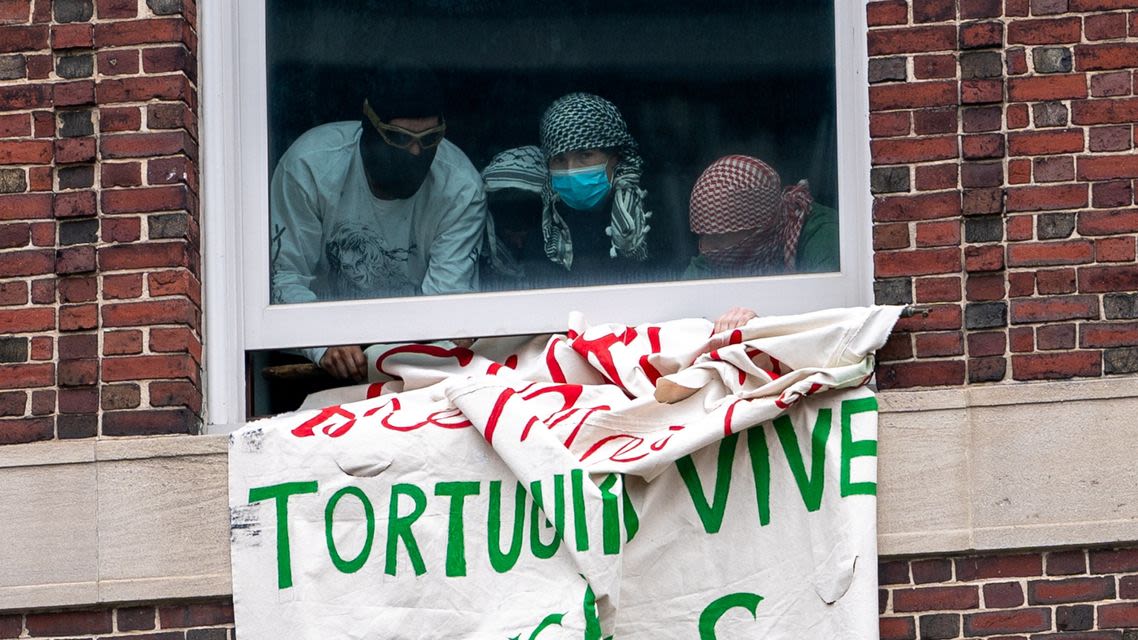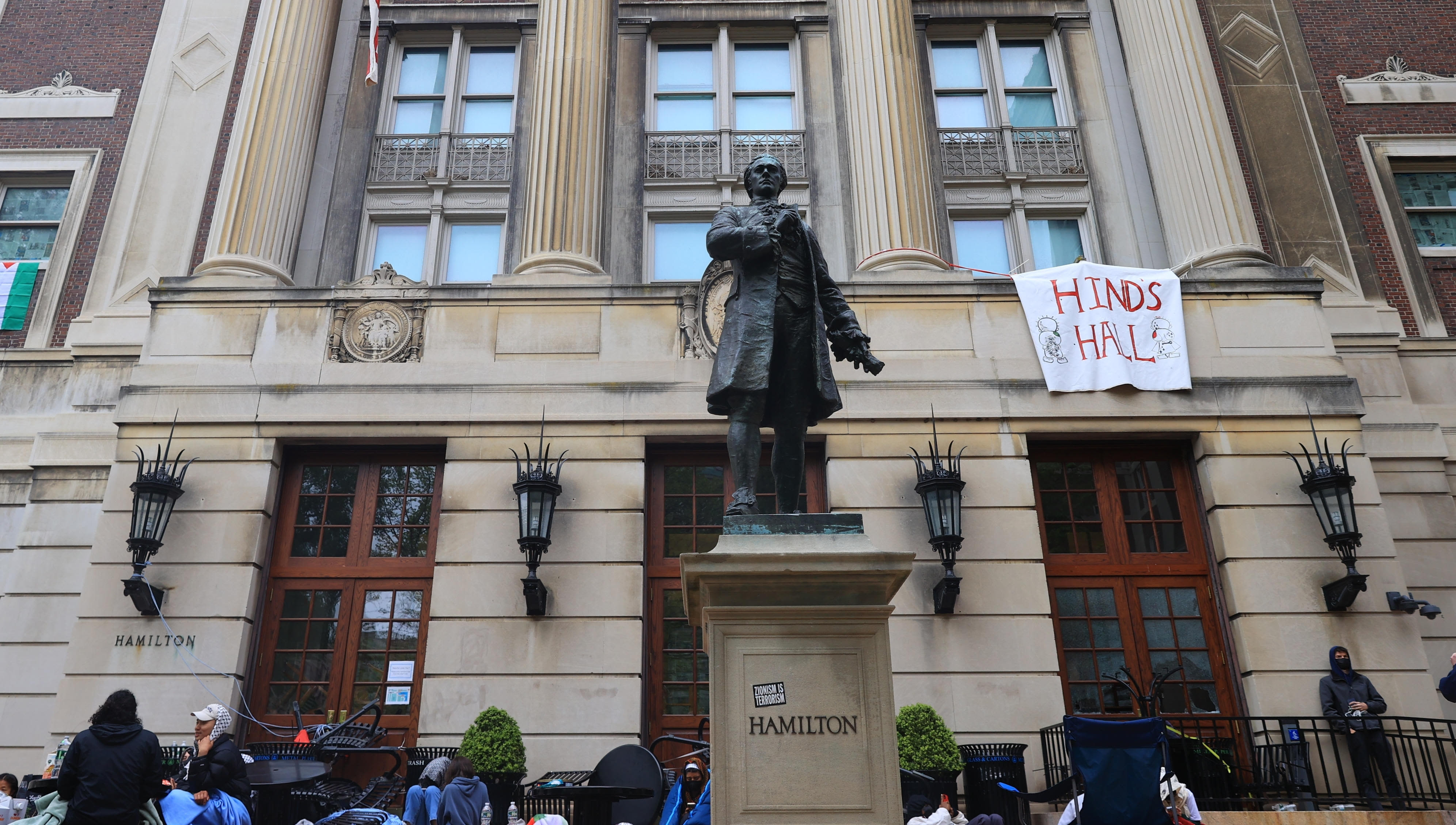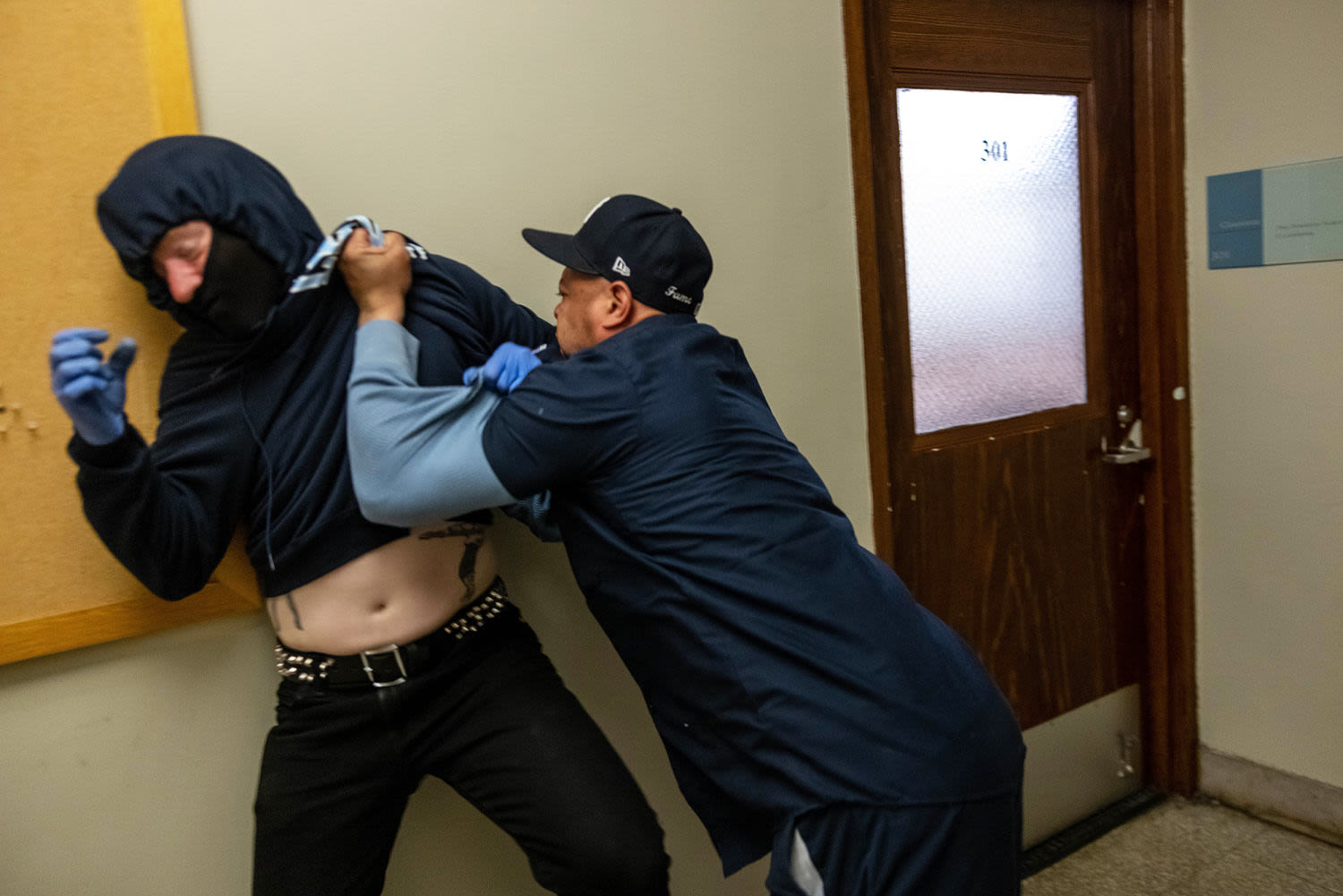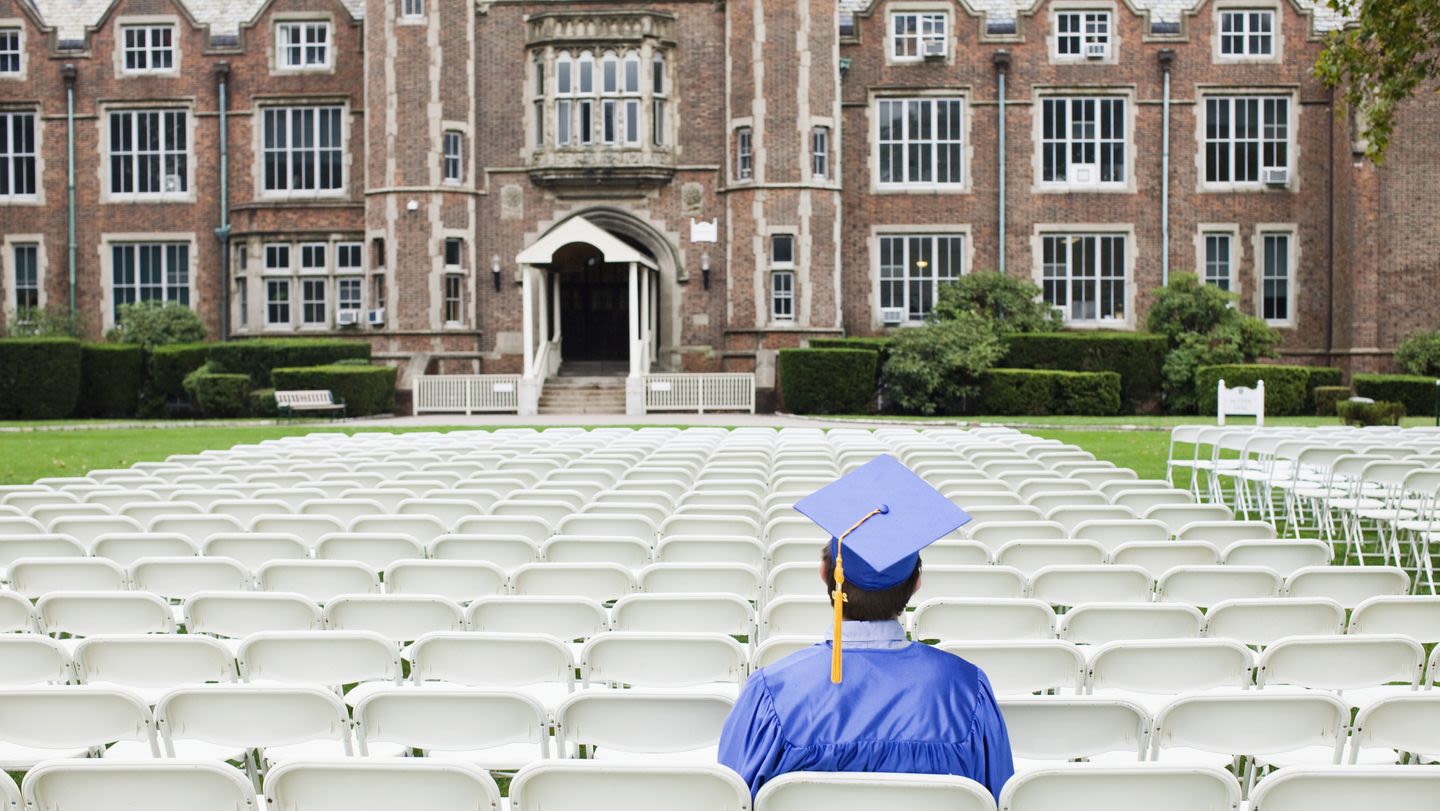Search results
News about Vietnam War, Saigon, veterans
News about Columbia University, pro-Palestinian protests, student protesters
Also in the news
FULRO fought an insurgency against both South Vietnam and North Vietnam with the Viet Cong and was supported by Cambodia for much of the war. The Vietnam War (also known by other names) was a conflict in Vietnam, Laos, and Cambodia from 1 November 1955 [A 1] to the fall of Saigon on 30 April 1975. It was the second of the Indochina Wars and was ...
- Indochina Wars
A continuous thread of local resistance began with Hàm Nghi,...
- Third Indochina War
The Third Indochina War was a series of interconnected armed...
- Vietnam Syndrome
Vietnam syndrome is a term in U.S. politics that refers to...
- Vietnamese Boat People
Vietnamese boat people awaiting rescue. Vietnamese boat...
- Indochina Wars
- Roots of The Vietnam War
- When Did The Vietnam War Start?
- The Viet Cong
- Domino Theory
- Gulf of Tonkin
- William Westmoreland
- Vietnam War Protests
- Tet Offensive
- Vietnamization
- My Lai Massacre
Vietnam, a nation in Southeast Asia on the eastern edge of the Indochinese peninsula, had been under French colonial rule since the 19th century. During World War II, Japanese forces invaded Vietnam. To fight off both Japanese occupiers and the French colonial administration, political leader Ho Chi Minh—inspired by Chinese and Soviet communism—for...
The Vietnam War and active U.S. involvement in the war began in 1954, though ongoing conflict in the region had stretched back several decades. After Ho’s communist forces took power in the north, armed conflict between northern and southern armies continued until the northern Viet Minh’s decisive victory in the Battle of Dien Bien Phuin May 1954. ...
With the Cold War intensifying worldwide, the United States hardened its policies against any allies of the Soviet Union, and by 1955 President Dwight D. Eisenhowerhad pledged his firm support to Diem and South Vietnam. With training and equipment from American military and the CIA, Diem’s security forces cracked down on Viet Minh sympathizers in t...
A team sent by President John F. Kennedyin 1961 to report on conditions in South Vietnam advised a build-up of American military, economic and technical aid in order to help Diem confront the Viet Cong threat. Working under the “domino theory,” which held that if one Southeast Asian country fell to communism, many other countries would follow, Kenn...
A coup by some of his own generals succeeded in toppling and killing Diem and his brother, Ngo Dinh Nhu, in November 1963, three weeks before Kennedy was assassinated in Dallas, Texas. The ensuing political instability in South Vietnam persuaded Kennedy’s successor, Lyndon B. Johnson, and Secretary of Defense Robert McNamarato further increase U.S....
In contrast to the air attacks on North Vietnam, the U.S.-South Vietnamese war effort in the south was fought primarily on the ground, largely under the command of General William Westmoreland, in coordination with the government of General Nguyen Van Thieu in Saigon. Westmoreland pursued a policy of attrition, aiming to kill as many enemy troops a...
By November 1967, the number of American troops in Vietnam was approaching 500,000, and U.S. casualties had reached 15,058 killed and 109,527 wounded. As the war stretched on, some soldiers came to mistrust the government’s reasons for keeping them there, as well as Washington’s repeated claims that the war was being won. The later years of the war...
By the end of 1967, Hanoi’s communist leadership was growing impatient as well, and sought to strike a decisive blow aimed at forcing the better-supplied United States to give up hopes of success. On January 31, 1968, some 70,000 DRV forces under General Vo Nguyen Giap launched the Tet Offensive(named for the lunar new year), a coordinated series o...
Nixon sought to deflate the anti-war movement by appealing to a “silent majority” of Americans who he believed supported the war effort. In an attempt to limit the volume of American casualties, he announced a program called Vietnamization: withdrawing U.S. troops, increasing aerial and artillery bombardment and giving the South Vietnamese the trai...
The next few years would bring even more carnage, including the horrifying revelation that U.S. soldiers had mercilessly slaughtered more than 400 unarmed civilians in the village of My Lai in March 1968. After the My Lai Massacre, anti-war protests continued to build as the conflict wore on. In 1968 and 1969, there were hundreds of protest marches...
The 30-year struggle for control over Vietnam was over. Vietnam War - Negotiation, Withdrawal, Conflict: On January 27, 1973, the Agreement on Ending the War and Restoring Peace in Viet-Nam was signed by representatives of the South Vietnamese communist forces, North Vietnam, South Vietnam, and the United States.
People also ask
When did the Vietnam War end?
How long has Vietnam been a war?
What would happen if the Vietnam War ended?
Did the January Accords end the war and restore peace in Vietnam?
Ending the Vietnam War, 1973-1975. Newly elected President Richard M. Nixon declared in 1969 that he would continue the American involvement in the Vietnam War in order to end the conflict and secure "peace with honor" for the United States and for its ally, South Vietnam. Unfortunately, Communist North Vietnam's leaders, believing that time ...
The origins of American involvement in Vietnam date back to the end of the Second World War, when the Vietnamese were struggling against the continued French colonial presence in their country. Ho Chi Minh, the leader of the Viet Minh (Vietnamese Independence League) and the founder of Vietnam’s Communist Party, successfully blended ...
- "...John F. Kennedy expanded US support for the South Vietnamese government, including an increase i...The government most likely knew about these dangers. However, they were probably mostly focused on stopping the spread of communism because of the...
- When the United States technically "lost" the war, did it seem like an utter waste of time and resou...Question 1: "did it seem like an utter waste of time and resources?" Yes, to me (who served in Vietnam with the US Army for 11 months in 1970) it s...
- How come there was a "Vietnam Syndrome", but it would appear as if there hasn't been any sort of "Mi...At the time of Vietnam there was also a large student population that resisted being sent as well as a draft. This draft disproportionately targete...
- If the vietnam war was about the north spreading communism articles say that vietnam battled america...The Allies promised Vietnam freedom from French enslavement if they would help fight the Japanese. When the war was over France received their "col...
- I have a question about the draft: how were the young man selected? or did they just enlist and were...All American men had to register for the draft at age 18. When a draft took place, it randomly selected men between the ages of 18 to 25. One cavea...
- Agent Orange not only effected Vietcong but also US Infantry so that was more horrid than anything I...Oh, I think that if you consider the Holocaust or the slaughters at the time of Indian partition, you might find things more horrible. My brother e...
- "In August 1964, the US government received word that two North Vietnamese torpedo boats attacked US...A US Navy Warship, the USS Maddox, was in international waters in the Gulf of Tonkin conducting spy operations on the sovereign nation of North Vie...
- why was Vietnam was the reason for the Asian-American movementsLet's see if we can disect that. Vietnam is in Asia. America got involved in a war there, sending many Americans all the way to Asia. When the war...
By the end of 1967, there were 540,000 American troops in Vietnam, and the military draft was set to call up 302,000 young men in the coming year, an increase of 72,000 over 1967. Financial costs had risen to $30 billion a year. But the war news was hopeful.
Apr 21, 2015 · The Guardian’s front page on 1 May 1975, after the fall of Saigon and the end of the Vietnam war. Click here for larger view of full story. The new soldiers, ...





